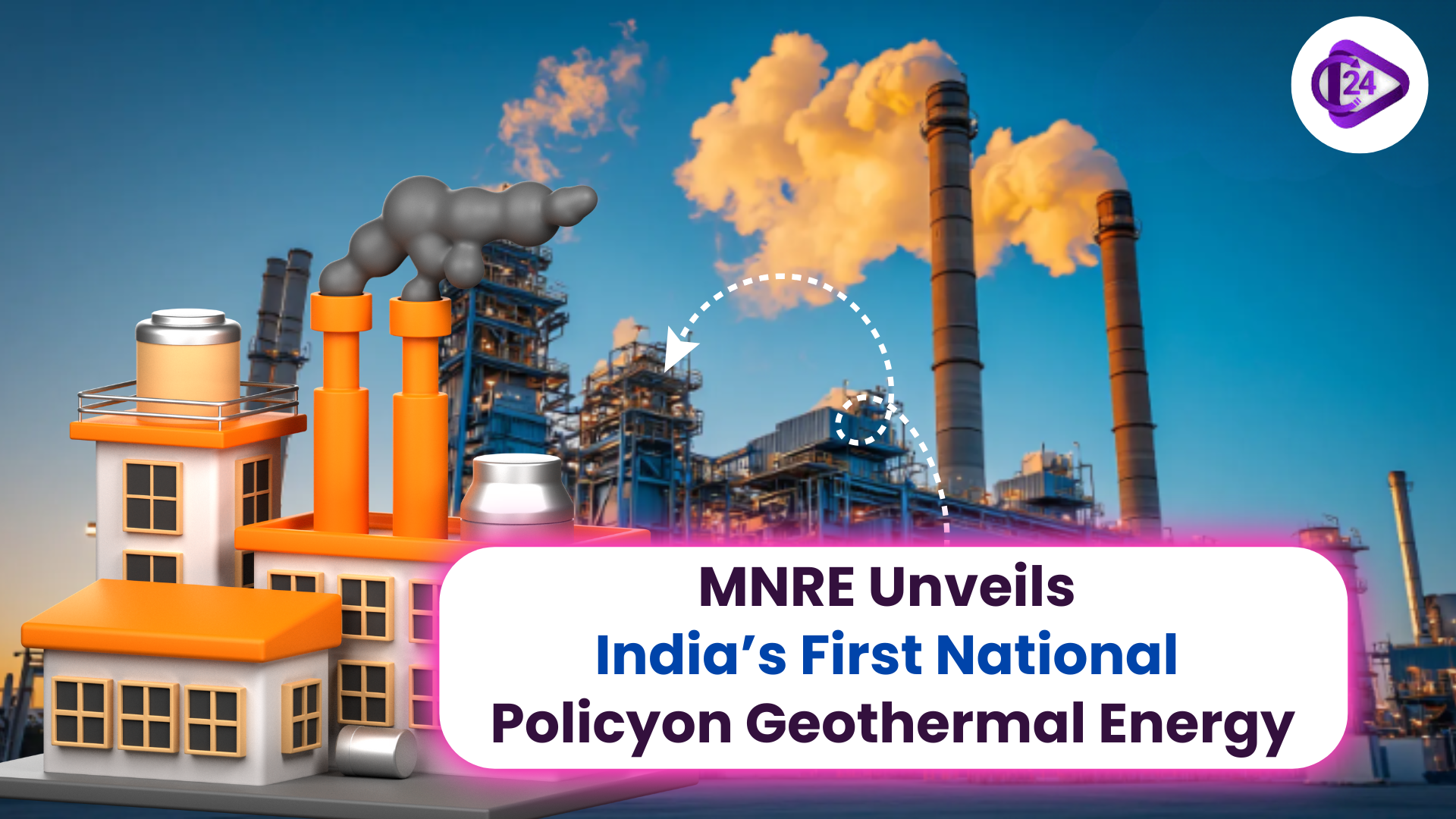
The 1st National Policy on Geothermal Energy of India was introduced by the Union Ministry of New and Renewable Energy (MNRE) on 17 th September 2025. The intention was to establish geothermal energy as a major mainstream renewable energy in the country. The policy provides an elaborate framework of implementation, financial incentives and investment assistance to increase energy security, emission minimization and further sustainable development. The program is consistent with the Indian goal of net-zero emission by 2070.
Key Points in Detail
Vision and Goals
-
Primary Objective: To develop geothermal energy as an important constituent of Indian renewable energy.
-
Objectives: To become more energy secure, reduce greenhouse gas emissions and contribute to sustainable development with geothermal energy.
By MNRE Framework (Implementation)
-
International Cooperation: Collaboration with international Geothermal energy leaders.
-
Pilot Projects: Under the Renewable Energy Research and Technology Development Programme, the initiation of pilot projects.
-
Financing Support: Indian Renewable Energy Development Agency (IREDA) and Development Finance Institutions (DFIs) soft loans.
-
Capacity Building: Instituting Centres of Excellence (CoE) in the form of technical support and capacity building.
-
Monitoring and Accountability: Periodic Progress Reports to be sure that milestones are achieved on time.
Model of Development and Financial assistance.
-
Development Phases: It consists of exploration, drilling, feasibility studies, construction and operation.
-
Incentives: Sovereign Green Bonds, Viability Gap Funding (VGF), long-term concessional loans, tax holidays, accelerated depreciation benefits, import duty and GST exemptions, etc.
-
Carbon Credit Trading: Geothermal energy will feature in the Renewable Purchase Obligations (RPOs) market and carbon credit trading.
Investment and Foreign Collaboration.
-
FDI Support: There is 100% foreign direct investment (FDI) in geothermal energy projects.
-
Investment Models: The projects will be entitled to the fiscal incentives and international cooperation, such as the joint venture with oil, gas, and mineral companies to share the resources.
States and Union Territories Guidelines.
-
Geothermal Block Allocation: Geothermal blocks shall be allocated where exploration permits have a lifespan of 3–5 years.
-
Single- Window clearance: A simplified, one-window system of clearance of permits and approvals.
-
Land Leasing: Concessional prices on land leasing to developers.
-
Community Engagement: It should guarantee compensatory actions and community involvement, particularly in the tribal and remote areas.
An Overview of Geothermal Energy.
-
Definition Geothermal energy is the heat present in the crust of the earth which is primarily produced by radioactive decay of uranium, thorium, and potassium.
-
Geothermal Gradient: The temperature on the earth is rising at an average rate of 25-30 C/km below the surface.
Types of Resources:
-
High-Enthalpy Resources: These are related to the volcanoes, geysers and hot springs which are usually utilized in the generation of electricity.
-
Low/Medium-Enthalpy Resources: These are direct-use and geothermal heat pumps.
-
Capacity world wide: The world is currently operating at 15.4 GW in geothermal capacity with the top rivals being the United States, Indonesia and the Philippines.
India Geothermal Potential.
-
Hot Springs: The Geological Survey of India (GSI) has identified 381 hot springs, with surface temperatures ranging from 35°C to 89°C, which can be utilized for geothermal energy.
-
Geothermal Provinces: India falls within a medium to low heat enthalpy zone (100–180°C), spread across 10 geothermal provinces.
-
Potential Capacity: The ‘Geothermal Atlas of India, 2022’ estimates a geothermal power potential of 10,600 MW.
Conclusion
The first National Policy on Geothermal Energy in India is a milestone towards improving the renewable energy (RE) in India. The policy seeks to achieve sustainable development, reduce the level of emissions, and enhance energy security by making use of its geothermal potential. Having high fiscal incentives, foreign partnerships, and a combined structure of project implementation, this project will have a significant contribution to the renewable energy targets of India and its determination to reach the net-zero emissions targets by 2070.



 Raj Gond Tribe Rehearses for Gussadi Dance at Hyderabad Liberation Day
Raj Gond Tribe Rehearses for Gussadi Dance at Hyderabad Liberation Day Manipur Inaugurates Three-Day Festival to Promote GI-Tagged Hathei Chilli
Manipur Inaugurates Three-Day Festival to Promote GI-Tagged Hathei Chilli PM to Launch 'Swasth Nari, Sashakt Parivar Abhiyaan' and 8th Poshan Maah
PM to Launch 'Swasth Nari, Sashakt Parivar Abhiyaan' and 8th Poshan Maah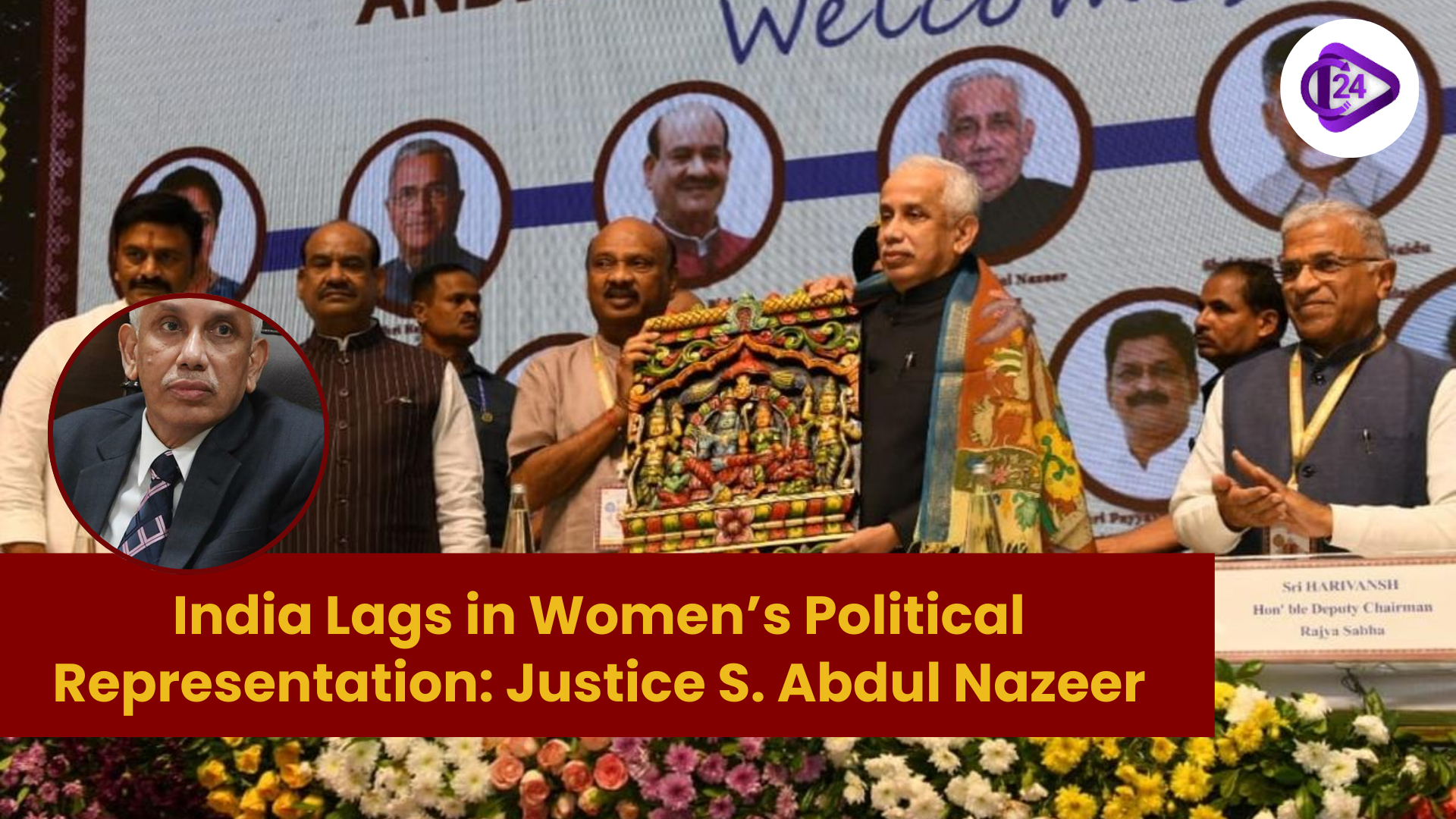 India Lags in Women’s Political Representation: Justice S. Abdul Nazeer
India Lags in Women’s Political Representation: Justice S. Abdul Nazeer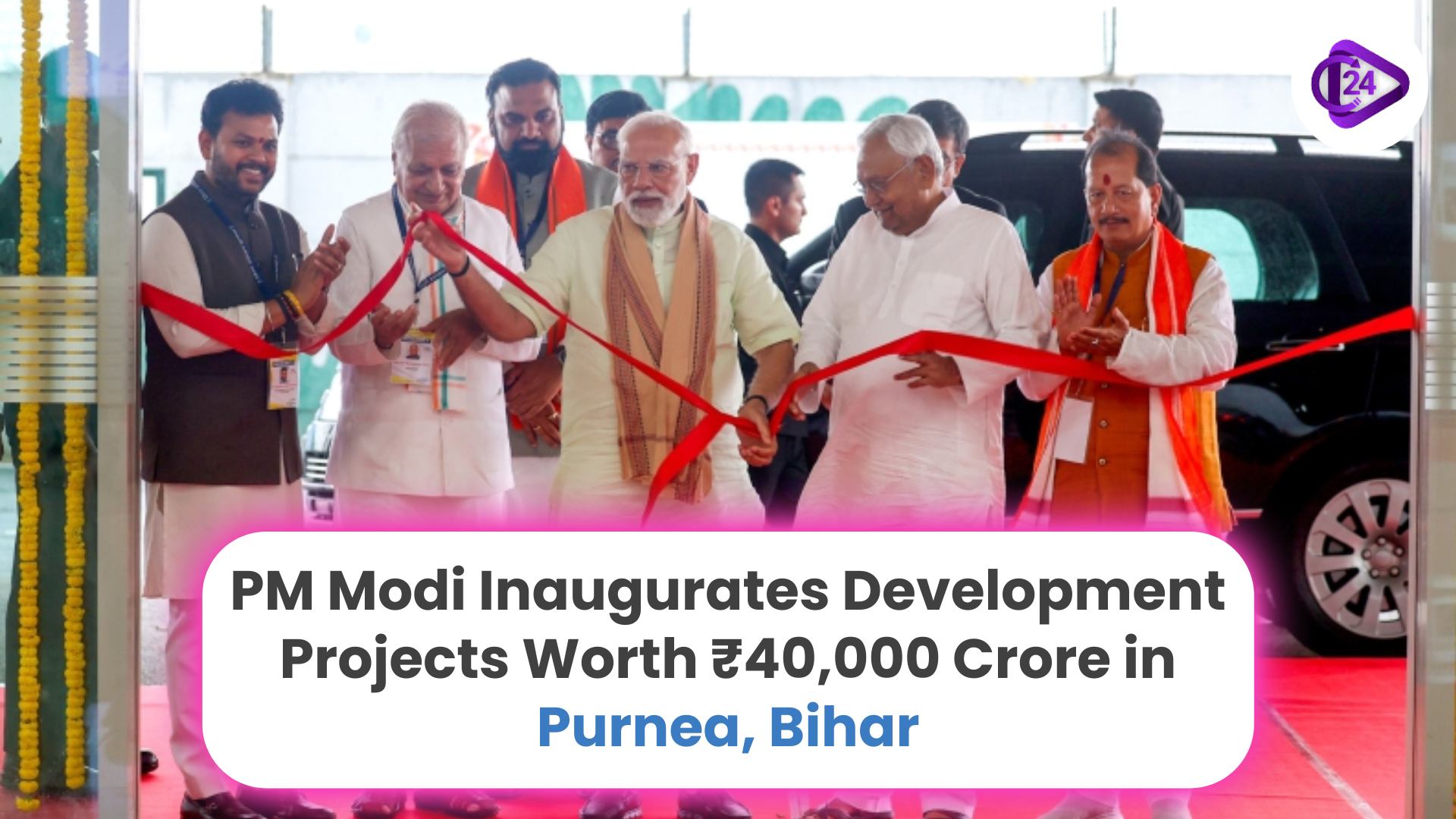 PM Modi Inaugurates Development Projects Worth ₹40,000 Crore in Purnea, Bihar
PM Modi Inaugurates Development Projects Worth ₹40,000 Crore in Purnea, Bihar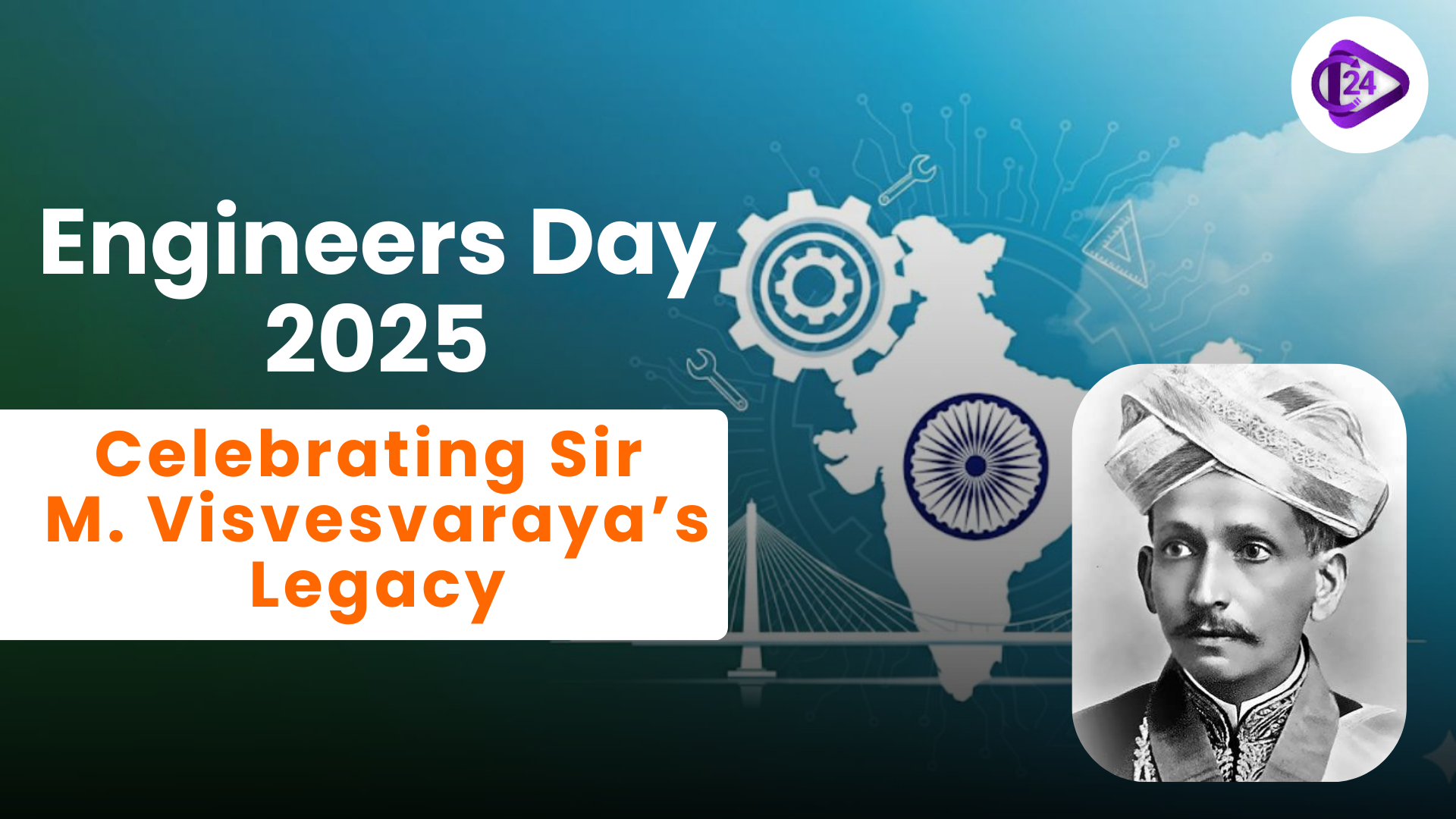 Engineers Day 2025: Celebrating Sir M. Visvesvaraya’s Legacy
Engineers Day 2025: Celebrating Sir M. Visvesvaraya’s Legacy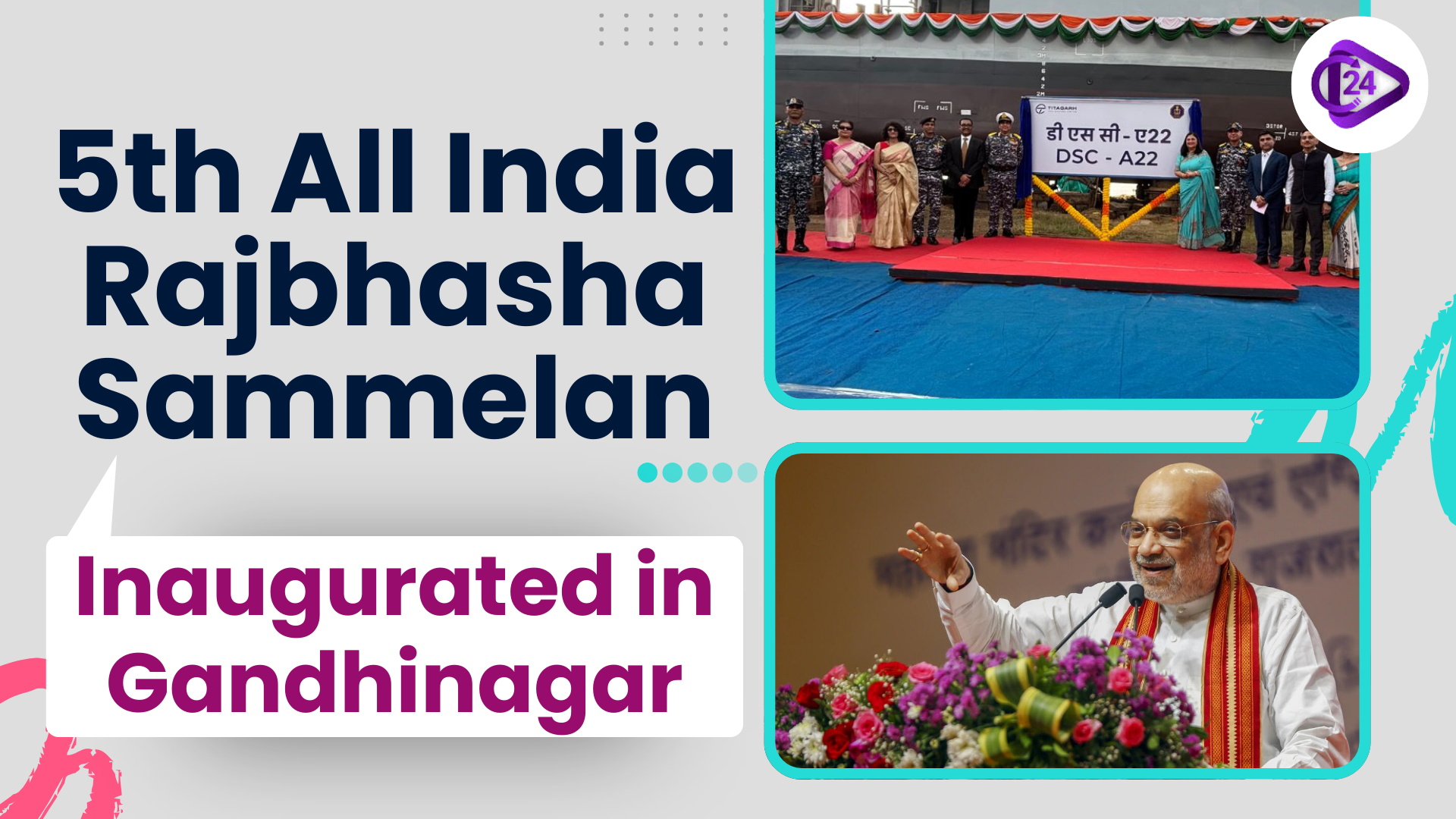 5th All India Rajbhasha Sammelan Inaugurated in Gandhinagar
5th All India Rajbhasha Sammelan Inaugurated in Gandhinagar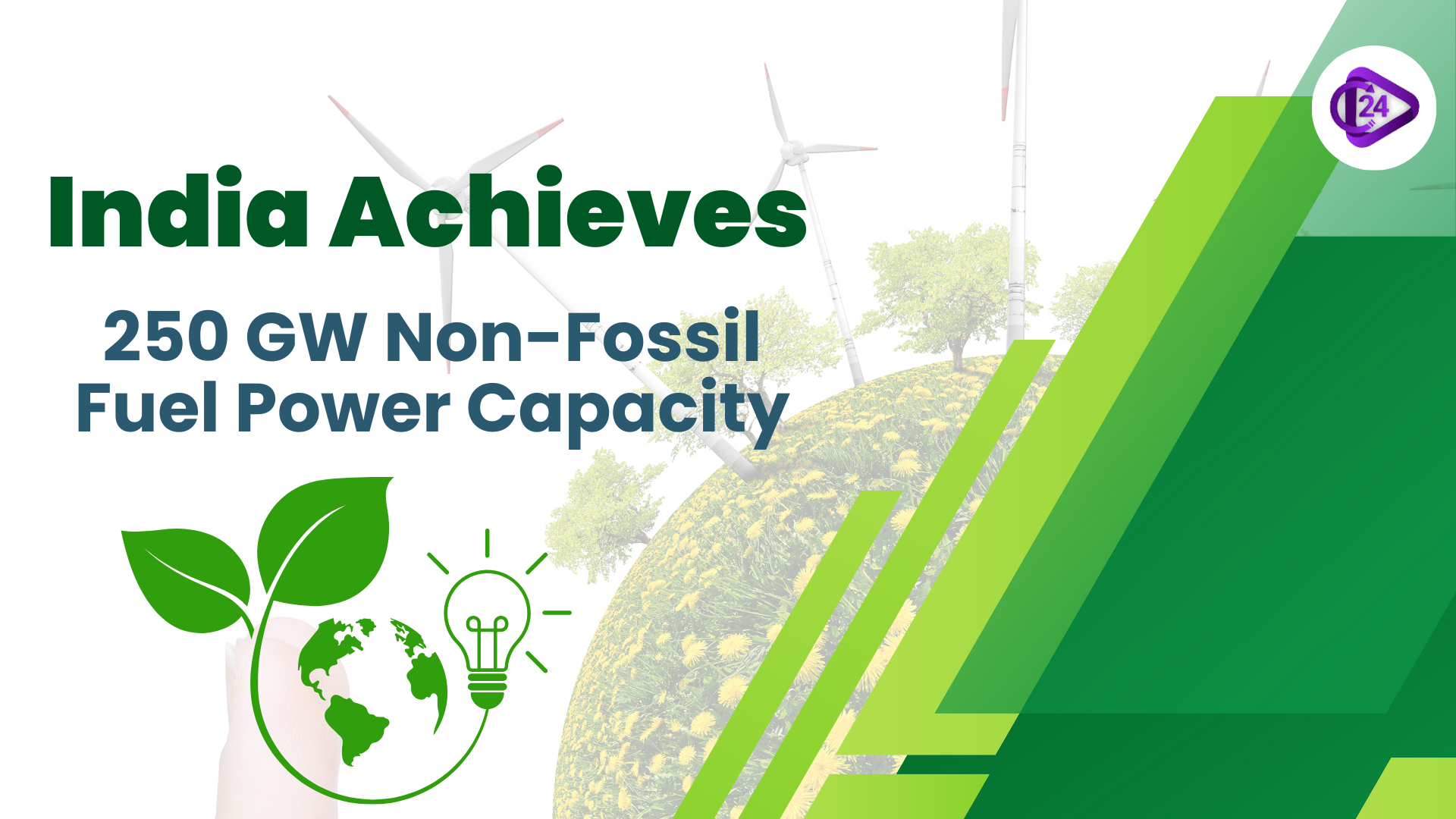 India Achieves 250 GW Non-Fossil Fuel Power Capacity
India Achieves 250 GW Non-Fossil Fuel Power Capacity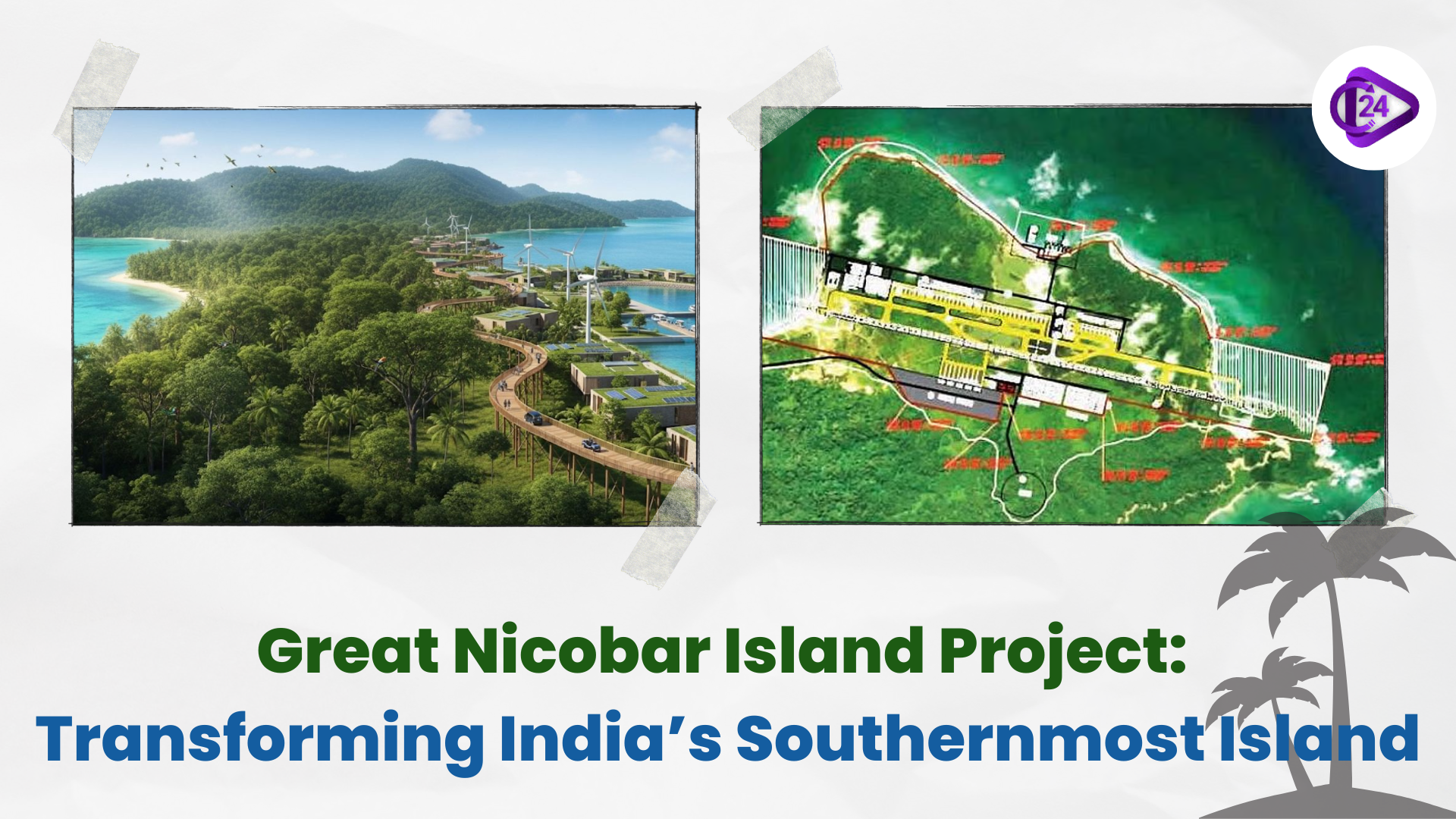 Great Nicobar Island Project: Transforming India’s Southernmost Island
Great Nicobar Island Project: Transforming India’s Southernmost Island






